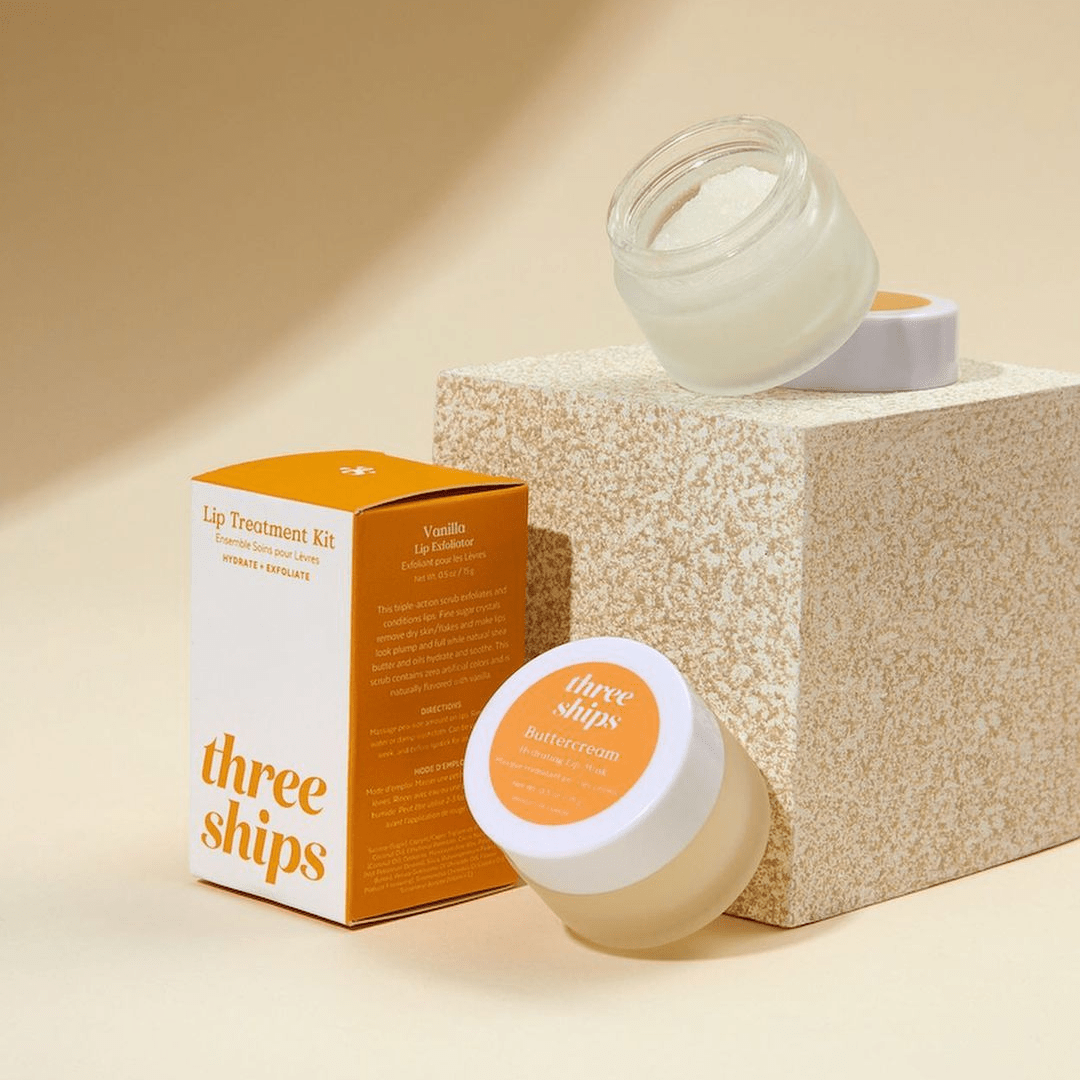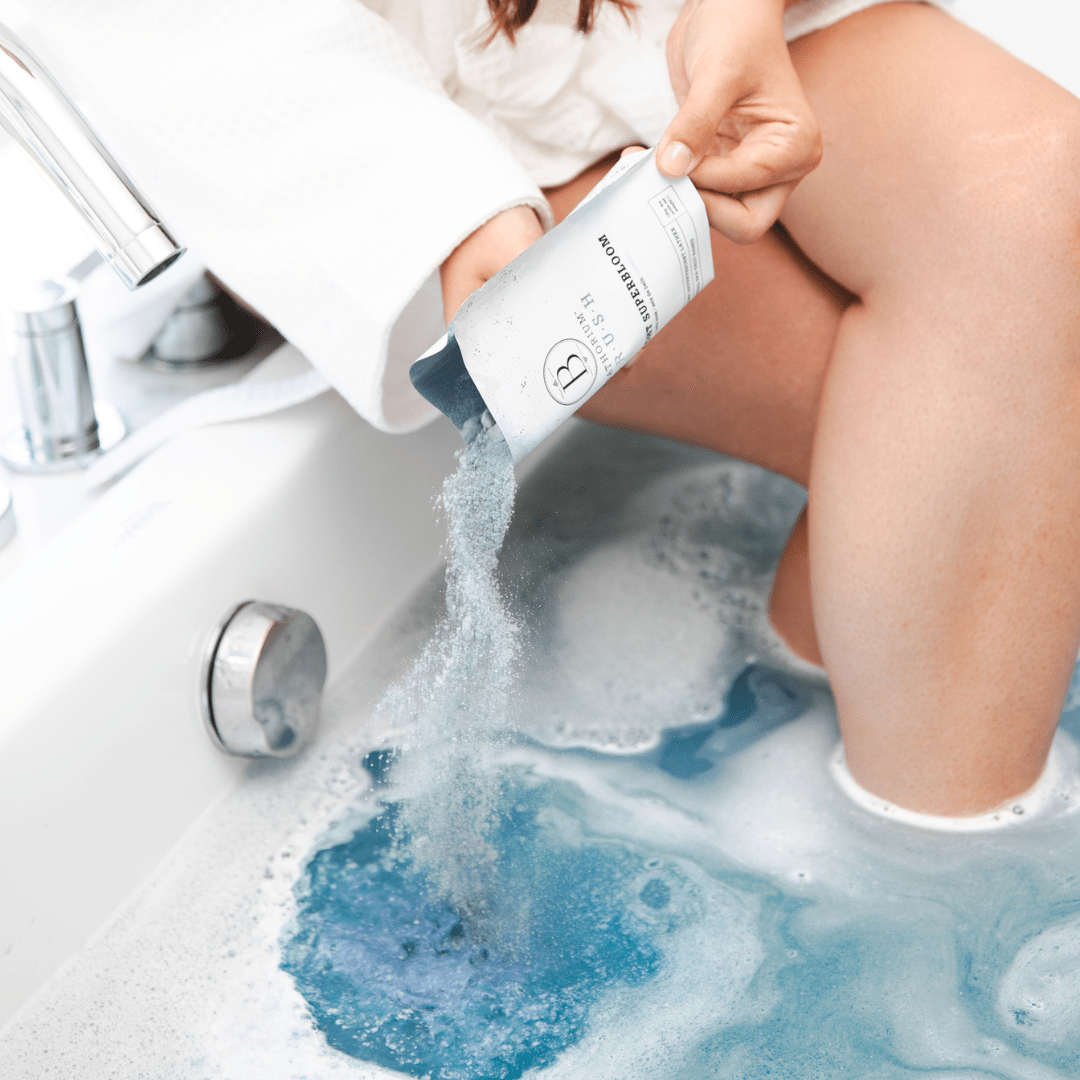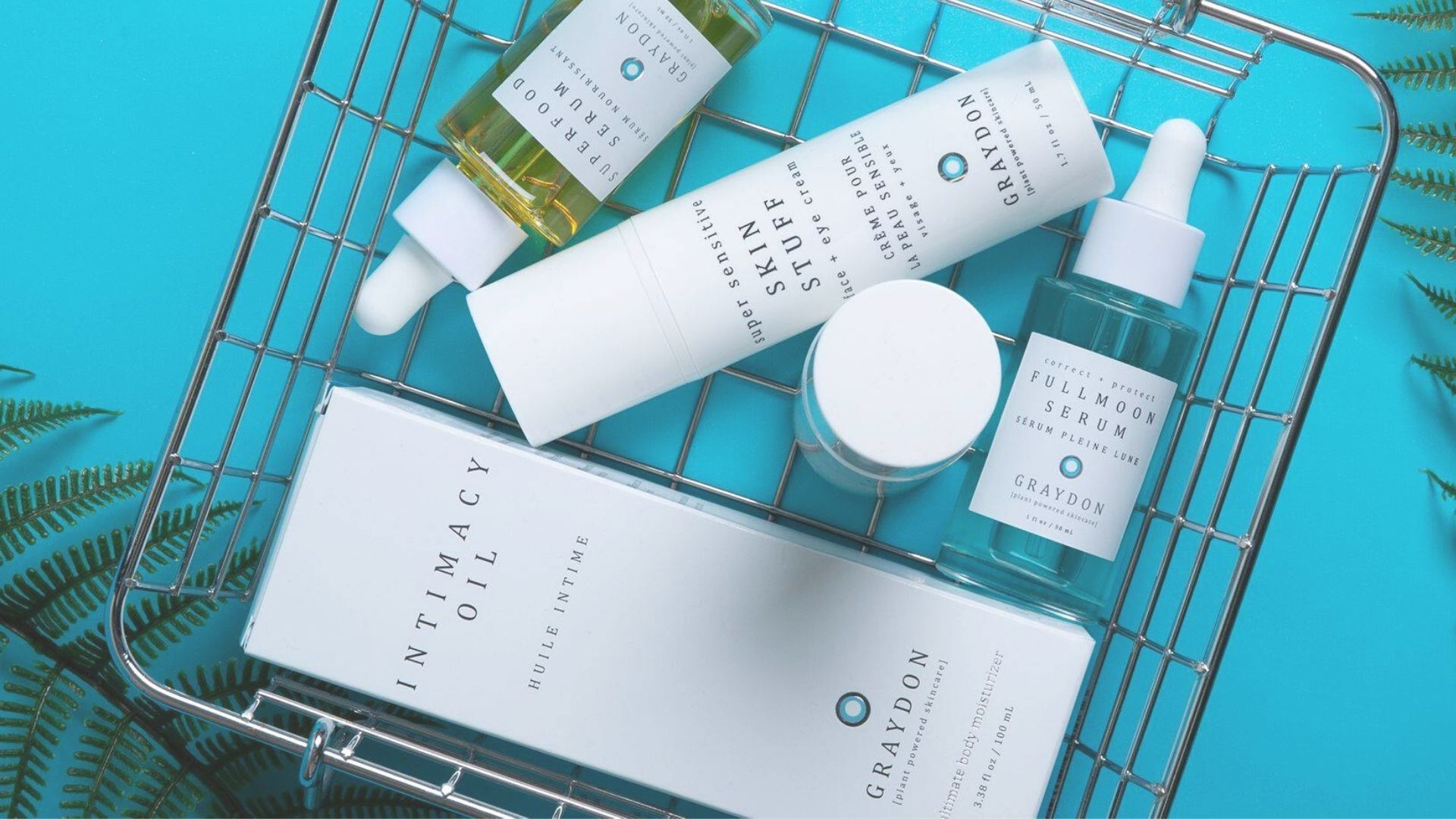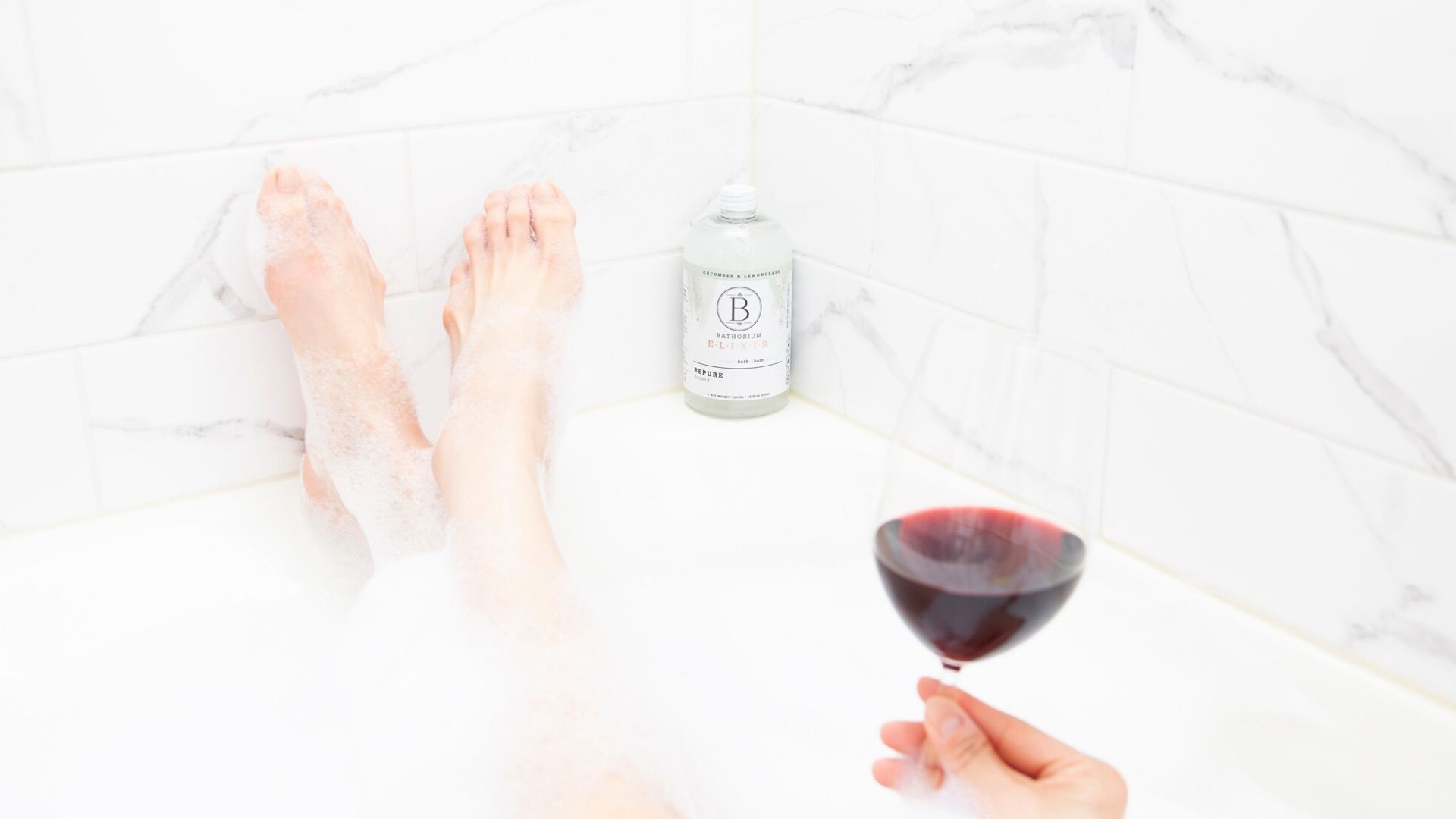For every drink, there’s a perfect pairing - not just based on food pairings, but a glass that helps you enjoy every drop to the fullest.
Have you ever wondered why your wine comes in one glass, your martini in another? As it turns out, the reason stems a bit beyond “that’s the way it’s always been done”… because while these drink-glass pairings are certainly traditional, they also make some great sense from a practical standpoint, too. Whether you’re gearing up to host your own cocktail party, or simply want to get the most out of your nightcap.
Wine glass
You know a wine glass by its classically curved shape. Elegant and sleek, one might guess this glass looks the way it does because, well, wine calls for something sophisticated! But in fact, there’s a good reason we serve wine this way. Because wine drinking is such an aromatic experience, the large opening gives you the chance to really soak up the full flavour. (That’s also why you’re often told to give your red wine a bit of a swirl, to really aerate the wine and help its taste come to life.)
When there is a distinction between red and white glasses, it’s simply that the red wine glass has a bit of a bigger opening—to match, of course, the bolder flavor and aroma of red wine.
Flute

You’re used to seeing champagne and other sparkling wines served up in flute glasses, and for good reason! Because these drinks are famously fizzy, and that bubbly effervescence is so much a part of the experience, you want to maintain the bubbles as much as possible. The smaller glass opening lets you do that—of course, like the wine glass, the flute’s unique shape does also have the effect of making the drink (and you) look that much more elegant.
Rocks
The rocks, or old-fashioned glass, is a familiar one for many cocktails. It can go well with a wide variety of drinks served on ice, since the short but sturdy glass’ shape is perfect for holding it all in—unlike some other glasses on our list, like the famous “Martini glass” …
Martini
Martinis were originally served in cocktail glasses (above), but the drink evolved into a variety of vodka-based ‘tinis’ through the ’90s, and the serving sizes grew. Martini glasses differ from the traditional cocktail glass by generally having a larger bowl and being fully conical at the bottom. It is not great at holding ice, which is why many of the drinks you’ll have in a cocktail glass are chilled and strained before serving. It is great, though, at keeping the drink cold. Without ice, the physical separation of the glass’ body from its stem also prevents the drinker’s hands from warming the beverage up too much.
Tall glass
Several types of tall glasses—like the highball and the Collins, named for the Tom Collins it’s often served with—are used for those drinks that are made with mixers and ice. In other words, they’re meant to be refreshing, and the long, narrow glass preserves carbonation while still leaving plenty of room for the drink itself.
















Leave a comment
This site is protected by hCaptcha and the hCaptcha Privacy Policy and Terms of Service apply.